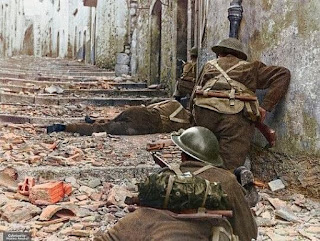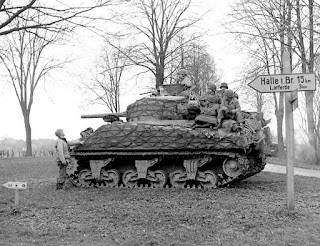About Us
Welcome to D-Day History! Our page is dedicated to preserving and sharing the stories, events, and significance of D-Day, the pivotal moment of World War II that marked the beginning of the end for Nazi Germany. On June 6, 1944, Allied forces launched the largest amphibious invasion in history on the beaches of Normandy, France. This operation, known as D-Day, was a turning point in the war and played a crucial role in liberating Europe from Nazi occupation. At D-Day History, our mission is to: Educate : Provide detailed accounts of the planning, execution, and aftermath of D-Day, along with the personal stories of the soldiers who fought bravely. Remember : Honor the courage and sacrifice of the Allied forces and commemorate the lives lost in this monumental battle. Engage : Create a community where history enthusiasts can share insights, ask questions, and discuss the impact of D-Day on modern history. Through photos, articles, videos, and personal stories, we aim to bring...













